How to Start a Vegetable Garden
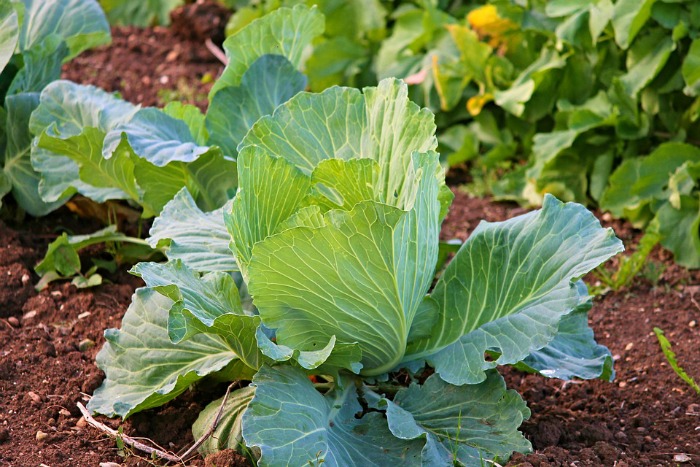
Do you want to have a regular supply of freshly harvested vegetables for your cooking? If you do, it’s important to understand the basics of how to start a vegetable garden. From choosing your crops to finding the right location, you’ll surely be more prepared with our guide.
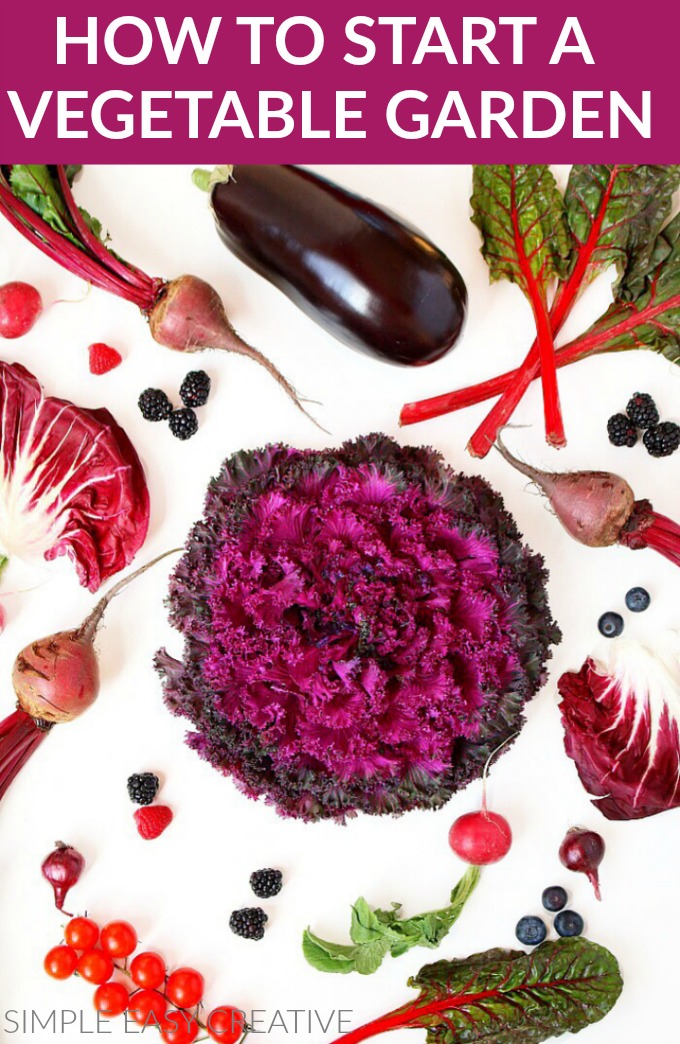
Start Small and Choose Your Plants

Image via Pixabay
While it initially seems like a smart idea, planting a lot of vegetable varieties all at once can lead to wasted effort and produce. Be mindful of how many times a plant can be harvested. For example, vegetables such as squash and peppers can be harvested several times in a single season. On the other hand, corn, radishes, and carrots will only provide once throughout this period.
Likewise, check the available space in your area. Even if you don’t have a big space, you can still plant vegetables in containers. What matters most is that you take care of the garden. A small raised garden bed with adequate irrigation, fertilizer, sunlight, and weed control is better than an improperly maintained one.
Grow Near Your Home
One of the most common yet proven ways of efficiently starting your own vegetable garden is by utilizing containers or raised garden beds. Some homeowners even have vegetable pots specifically placed near the grill for easy herb collection. No matter which option you choose, your garden needs to be close to your house. For one, this ensures that you can quickly harvest the crops for the next family dinner.
Provide Enough Sunlight
First of all, the chosen area should provide the right amount of sunlight, which depends on the vegetables you’ll be growing. Warm-season vegetables such as peppers, tomatoes, eggplants, and sweet potatoes will thrive if they receive between six and eight hours of direct sunlight every day. Without sufficient sunlight, these crops could succumb to pest infestations and plant diseases. This is why raised garden beds are popular since they allow more exposure to the sunlight.
If you can’t find a good area with full sunlight, you can grow green, leafy vegetables such as spinach and lettuce. These will thrive even with partial sunlight. Similarly, choose a partially shaded area if the climate in your area is hot but you intend to grow cool-season crops such as kale, turnips, beets, broccoli, cauliflower, and Brussels sprouts.
Access to Water and Soil Quality
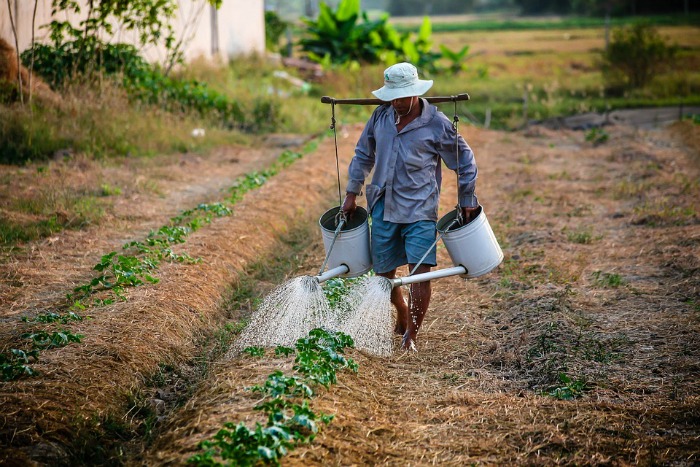
Image via Pixabay
The second factor is water. The vegetable garden needs to be where you can access water with ease, especially during the dry and hot summer season. Many vegetables lack resistance to drought, so you should water them more frequently to avoid wilting.
Third, the chosen area should contain soil that is not only well-draining but also moist and filled with organic matter. If the garden soil doesn’t have enough organic matter, you can improve this through the application of compost or peat moss. In addition, removing rocks from soil will help your vegetable plants to grow their roots deep in the soil without any worries.
Placement of Vegetables by Type

Image via Pixabay
Here, we take a look at tender crops, roaming crops, and vertical-growing vegetables. Tender plants including basil, tomatoes, and eggplants are valuable, but they need lots of direct sunlight. If you do not live in warm climate regions, plant these crops in walls facing the south direction since these have good heat retention to ensure a bountiful harvest.
As for plants that produce lengthy vines that crawl through your vegetable garden, it’s best to grow them in corners or edges. Roaming vegetables such as melons and squash have sizable leaves connected to their vines. Growing them at the edges of your garden prevents the leaves from covering other crops, which can lead to deficiencies in terms of sunlight. Moreover, this placement allows the roaming plants to cover only the grass or the garden paths as they grow.
Finally, vegetables that climb up must be grown where they won’t block the sunlight for the crops on the ground. These vertically growing plants include peas, beans, and some varieties of squash and cucumbers. However, do note that you can utilize the shade they create to protect cool-season vegetables such as broccoli and cauliflower from too much heat.
Overall, creating your own vegetable garden requires the efficient use of space. In order to do so, you need to be aware of what crops you will grow. There are cool-season vegetables and warm-season varieties. Moreover, some vegetables have vines or spread vertically. Regardless, your vegetable garden must have the right soil, enough water, and adequate sunlight.
We hope our guide will help you on your journey to harvesting your own crops in the near future. If you have any queries, do send us a comment.
Author Bio: I am Ann Sanders, the Founder of A Green Hand; a blog dedicated to offering a platform for gardening and healthy living enthusiasts to exchange ideas so that we can all play a role in making our world a better place. Follow me on Facebook, and Pinterest.
Easy Grow Vegetables
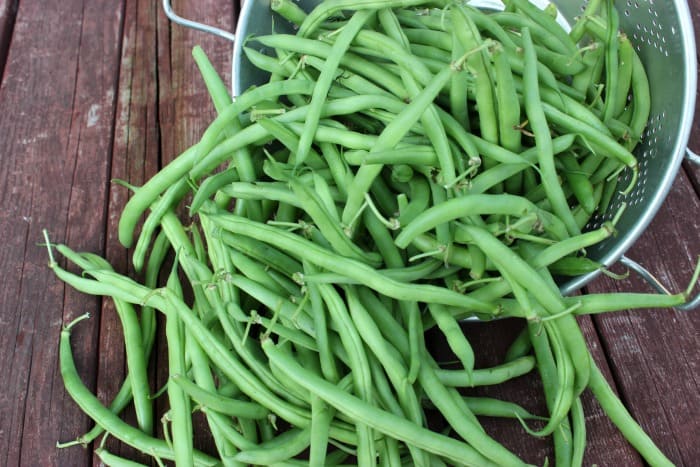
Growing your own vegetables is not only a great way to save money but it can be a fun activity for the whole family. Here are 10 easy grow vegetables that the kids and adults will love. Along with gardening tips to help your garden thrive.
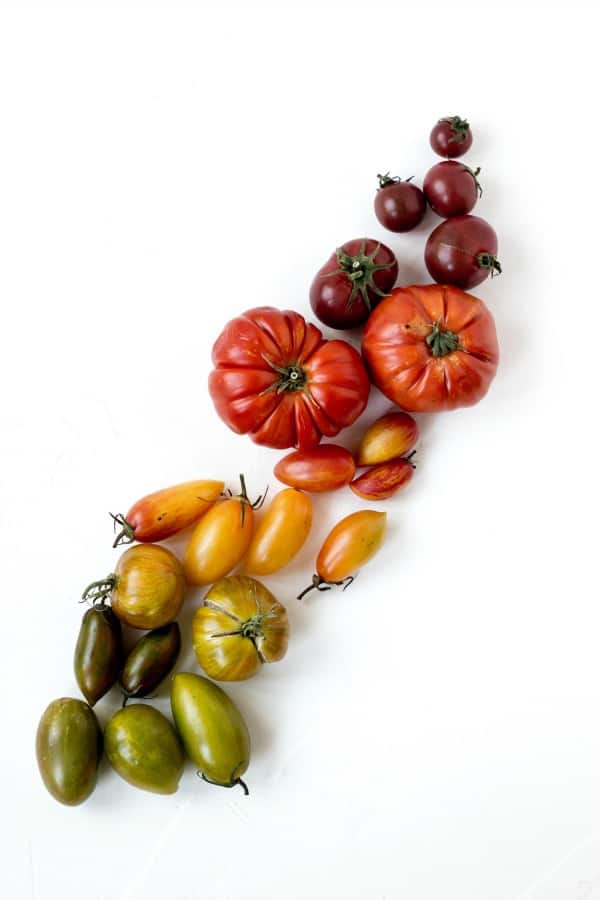
What are we going to grow? Michelle Obama became the hero of parent-gardeners when she planted a garden at the White House. Kids love digging in the dirt and watching the plants grow. It’s also a great way to get them to eat their veggies!
10 Easy Grow Vegetables for Kids
- Sugar snap peas
- Lettuce, spinach and other leafy greens
- Radishes
- Carrots
- Potatoes
- Green Beans
- Cherry Tomatoes
- Pumpkins
- Sunflowers
- Broccoli
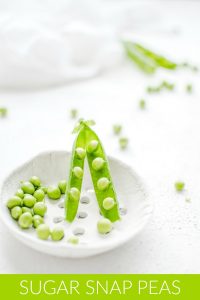
Sugar Snap Peas
Growing Sugar Snap Peas should be done during the cooler months in your location. For most locations that means a spring and fall planting schedule with southern locations enjoying winter plantings.
Tip: Before planting sprout your seeds in-between several layers of paper towel.
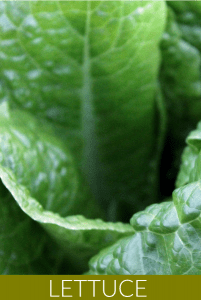
Lettuce, spinach and other leafy greens
There are dozen of types of choices for the home gardener when it comes to deciding what type of leafy greens to plant.
Tip: These plants prefer some afternoon shade to protect them and helps to prevent sun scald which can ruin your harvest.
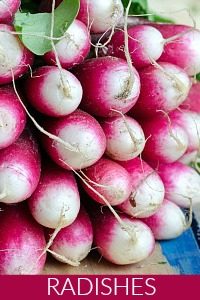
Radishes
Now here’s a vegetable that any way you can entice kids to eat is always welcome. These peppery little orbs definitely should only be grown in successive plantings in early spring and early fall.
Tip: It works great to plant radishes in smaller containers so they can be moved indoors if there is a threat of frost.
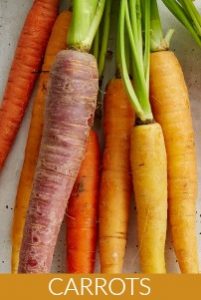
Carrots
Carrots demand loose well-drained soil to grow successfully, which makes them great candidates for raised beds or containers.
Tip: Seed directly to the soil and once they have germinated thin them out so there are 3-4 inches between plants.

Potatoes
A staple of most kitchens, growing your own potatoes is a rewarding experience. To start your potatoes dig a trench 4-6 inches deep, place the seed potatoes in the bottom and cover with soil. 2 weeks after planting when the potato sprouts fill the trench with 3-4 inches of soil. Repeat this until you have a 4-6 inch mound above ground level.
Tip: This can also be done with patio containers.
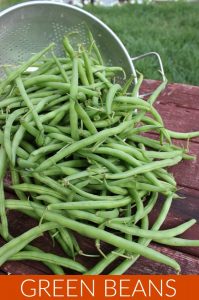
Green Beans
There are two types of beans, bush beans, and pole beans. The conditions they can be grown in are similar, however, pole beans need some form of support.
Tip: Water regularly after sowing the seeds preventing the soil from drying out. Continue until they emerge.
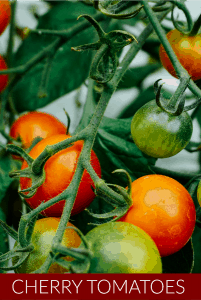
Cherry Tomatoes
Tomatoes are the most popular vegetable to grow in containers. Just make sure the container is large enough to maintain the plant. Only plant one tomato plant per container and place the pot in a sunny spot that gets 6-8 hours of full sun every day.
Tip: Choosing dwarf tomato varieties makes it easier to grow in smaller pots.

Pumpkins
Pumpkins need a lot of room, often one hill consisting of 4 plants can cover up to 100 square feet. Plant them once the soil is above 70 degrees, over 90 is preferred.
Tip: Pumpkins have shallow roots so use care when working around the plants that you do not injure their sensitive roots.
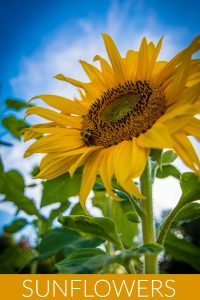
Sunflowers
Most sunflowers are easy to grow and will thrive in many areas. I’ve planted them in a normal garden setting in rows and along the edges of south-facing buildings with great success. They make excellent cut flowers.
Tip: Planting them will encourage bees to come to your garden.
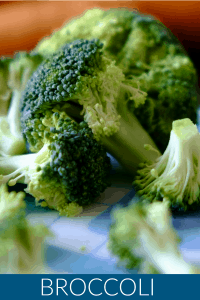
Broccoli
Broccoli is a nutritional powerhouse rich in vitamins and minerals. It’s possible to harvest throughout the growing season using succession plantings. With the last seeding done mid to late summer in most places.
Tip: Harvest your broccoli in the early morning before the soil heats up for the best taste.
Gardening Tips
Purdue University Extension Service has put together lots of great information to help you with your planning, planting and taking care of your garden. Start with planning your garden…
Raised beds help improve water drainage in heavy clay soils or low lying areas. Raised beds also bring the garden to a height that is more workable for physically disabled or elderly gardeners.
There is no standard size for a raised bed, but keep in mind that you will need to reach everything in the bed without stepping into it.
Recipe for Growing Media (soil) makes 1 bushel
- 1/3 bushel of soil
- 1/3 bushel of organic matter
- 1/3 bushel vermiculite or perlite
- 1/2 cup fertilizer
All of these items can be found at your local garden center, along with plenty of garden tools to choose from.
Purdue University has a really good Vegetable Planting Calendar for you with planting information on the area you live in. It is full of useful information like when to plant tomatoes in Indiana. It works very well as a gardening calendar.
Here is an example…
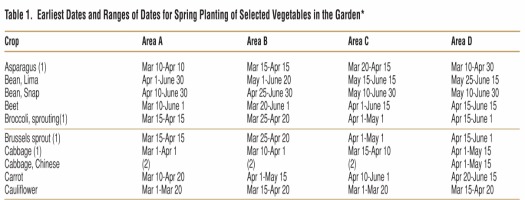
They list vegetables from asparagus through watermelons. When you are planning what you want to plant, be sure you have enough space too. Plants can take up a lot of space, Purdue University has some Space Saving Techniques.
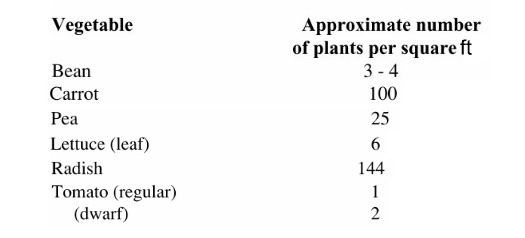
Looking for more gardening tips? Check out our most popular posts – click on the photo to read!
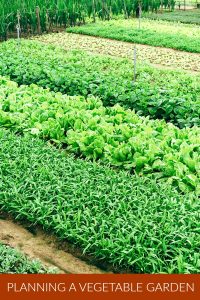
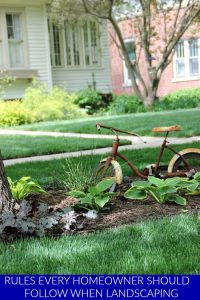
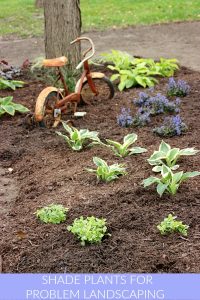
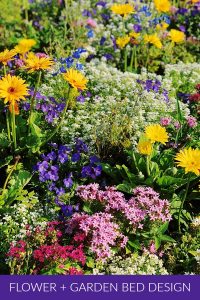

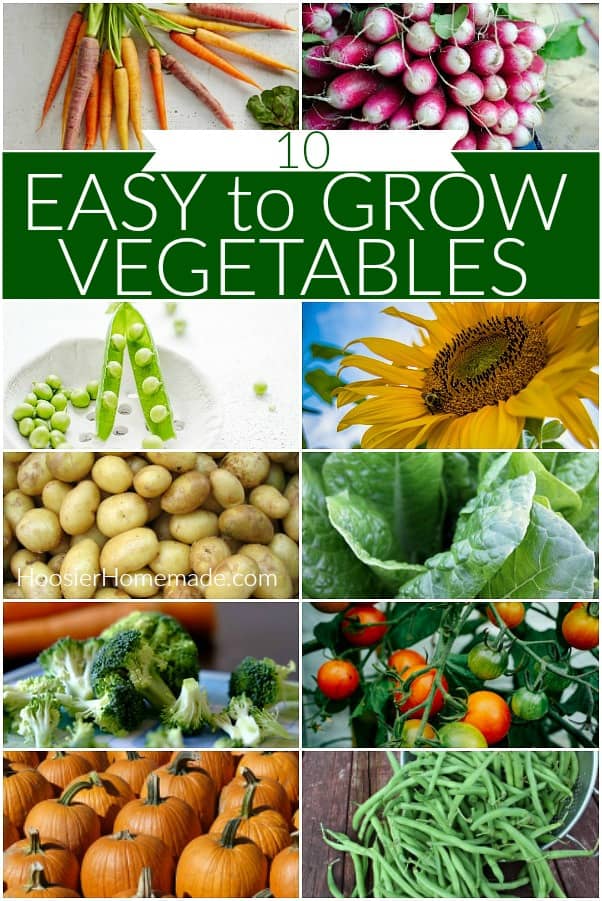
Do you have questions about gardening? Leave your questions in the comments below.
9 Comments
Jack says:
I started planting vegetables about three years ago in my own garden. I can say that it’s definitely worth it, especially if you want to be sustainable and use fresh vegetables in your cooking. This is a great list, very helpful!
Douglas Latham says:
Thanks, Jack
Mark, a Gardener from London says:
I think that some of the suggested easy to grow vegetables are not good companions. I have read on several different places that broccoli and tomatoes shouldn’t be grown close to each other. Parents should know this, as the children might get disappointed in the end of the growing process. Mark
Douglas Latham says:
Hi Mark, You bring up a valid point. It is true that it’s not recommended for broccoli and tomatoes to be grown side-by-side, some research has shown that there is a possibility of the broccoli causing minor stunting of the tomato plant and reducing overall vigor. But the most potential for damage is the broccoli and other plants of the brassicas family which include broccoli, brown mustard, Brussels sprouts, cabbage, cauliflower, kale, kohlrabi, rutabaga, and turnip are alternate hosts to bacteria blight. Here’s the ironic part, It is beneficial to rotate tomatoes and broccoli in the same space. So how we accomplish this is by having multiple beds, this allows us to keep the two separated and then the next year we switch planting areas. I hope that clears up any confusion Mark.
Cris says:
I am so confused because I moved here from Alabama. You say to plant but it is snowing. Do you have suggestions for a late winter. I really am amid on my gardening and homesteading.
Douglas Latham says:
Hi Cris, Let’s see if I can help clear up your confusion. I’m going to assume you live somewhere in northen Indiana or northern Illinois so planting dates here are going to be much later than where you moved from. This publication from Purdue University is a good reference if you are in Indiana. (https://www.hort.purdue.edu/ext/HO-186.pdf) If you live in Illinois the University of Illinois Extension Service has a nice publication that covers the steps for gardening (https://web.extension.illinois.edu/vegguide/default.cfm) Step 6 has a chart that includes the average planting dates for most vegetables. I’ll share with you my recommendations for planting my own garden. I’ll be planting seeds after April 15th and setting out plants at the end of April. Hopefully this will help you, I know it can be confusing in the beginning but it won’t take long before you’re a pro.
mary b says:
I am wishing I could get out into the garden, but we had 8″ snow on Friday
Thanks for the link to the Perdue Space Saving Techniques, it is a very handy reference.
Mrs. Jen B says:
I. am. dying! to start planting. Of course it’s SNOWING today!! Um, isn’t it April or something? Thanks for the tips – as always, you’re so helpful!
Nutmeg Nanny says:
I wish I had a big backyard to grow a garden. Growing up in Ohio we used to have HUGE garden. A lot of work but totally worth it.
Leave a Reply Cancel reply

Welcome to Simple Easy Creative
Simple Easy Creative is a new kind of online lifestyle magazine, one that takes it’s inspiration from the best of Midwestern traditions, and makes them new, modern and inspiring. Decorating, DIY projects, parties, gardening, good food, family and fun–we cover it all! We’ll help you make your house a welcoming home every day, all year long.
https://hoosierhomemade.com/how-to-start-a-vegetable-garden/https://hoosierhomemade.com/gardening-tips-easy-to-grow-vegetables/

